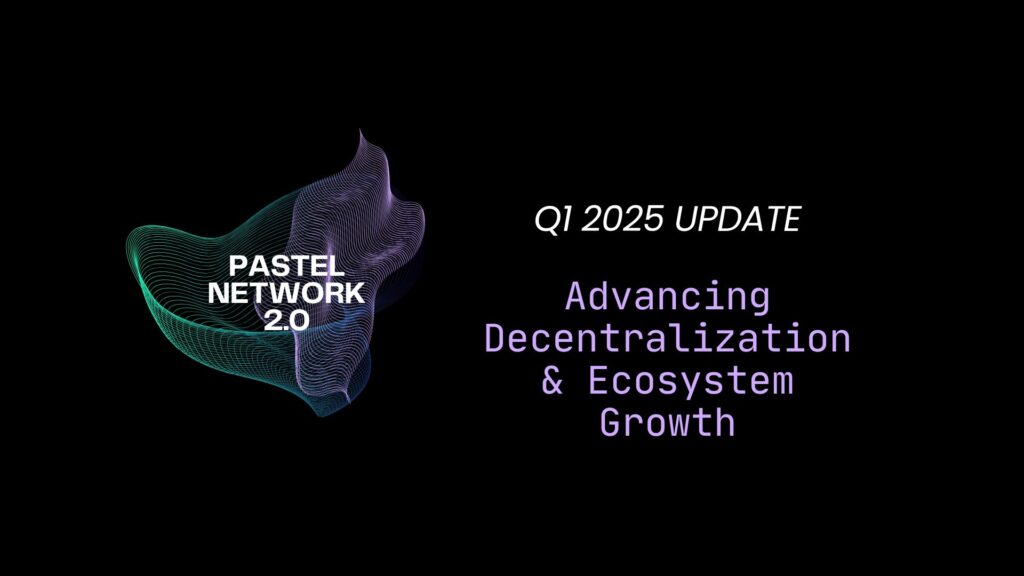Embracing automation and digital transformation has become imperative for organizations striving to enhance operational efficiency and stay competitive in modern business. The finance function holds immense potential for process optimization and technological integration. By identifying and capitalizing on automation and digital transformation, financial departments can streamline their operations, reduce manual errors and allocate resources more strategically.
Below, Forbes Finance Council members discuss key strategies that help uncover opportunities within the realm of finance, paving the way for a more agile and data-driven financial future.
1. Dig Into Your Data
To find out where finance teams are spending the bulk of their time, dig into the data—it never lies! There, you’ll find repetitive tasks like searching for receipts and wrangling over expense claims; all of which can be automated. Today, a financial strategy is more important than ever and leaders should be focused on maximizing the time their employees have for meaningful, high-impact tasks. – Niccolo Perra, Pleo
2. Identify Pain Points And Inefficiencies
Conduct a thorough review of existing processes to identify pain points, inefficiencies and areas that could benefit from automation. Look for tasks that are repetitive, time-consuming, and require manual entry or calculations. Always consider the impact that these processes have on employees, how much time they require and additional projects they could be working on. – Razzak Jallow, FloQast
3. Spot The Weak Links And Resolve Them
Find out where your weakest link is in your process and resolve it. If there is a way to digitally improve it, explore that route and use your best judgment to figure out what works best for your company long-term. – Matt Bontrager, Bookkeeping Blueprint
4. Bring In Subject Matter Experts
Finance leaders are often not close enough to the operation to be able to decide what activities are best to build automation around. It is recommended to bring in subject matter experts to help map out all the processes and support the identification of finance transformation opportunities. Processes with high volume, and repetition, are prime candidates for automation. – Craig Stevens, Groundbreaking Real Estate, LLC
5. Convert Bookkeeping And Documentation To Digital
Any task which has a systematic process flow and is performed in numerous iterations daily has the biggest opportunity for process automation. Whereas tasks that involve a lot of bookkeeping and documentation should be the first targets for digital transformation to get rid of manual storage and workload and so that you can document, index and access all data digitally. – Raghavkumar Parmar, MMA Pan Asia Fund Management
Forbes Finance Council is an invitation-only organization for executives in successful accounting, financial planning and wealth management firms. Do I qualify?
6. Create A Data Lake
Map out finance processes and identify inefficiencies. Embrace tech-driven solutions, automate repetitive tasks with Robotic Process Automation (RPA) and create a data lake for deeper insights. Empower finance teams to focus on strategic initiatives. To thrive in the fast-paced finance landscape, stay agile and adaptive in digital disruption. Evolve with the #FinanceTechRevolution and embrace AI. – Andreas Schweitzer, Artis Trade Invest
7. Look For Checklists
Look for your checklists. If a person goes down a checklist to reconcile accounts, distribute expenses or other predictable processes it probably can and should be automated. – Jeffrey Marsico, The Kafafian Group, Inc.
8. Utilize A Bill Pay System With AI
Any process that is repetitive and replicable is a candidate for automation. Accounts payable is a prime example. You can utilize a bill pay system that has AI built in for reading, assigning GL and posting with review. Bank recons can be automated with direct sync. Repetitive receipts entry, if you can repeat it, you can import or automate it. Time savings last year with automation was seven days on MEC. – Cynthia Hemingway, Fourlane, Inc.
9. Talk With Your CFO
Consult with the CFO. CFOs will know exactly which areas of the finance function are ready for automation as they have likely conducted extensive audits of their departments in the past year to find ways to increase productivity, cut costs and improve processes. Areas where automation and digital transformations fare best from a CFO’s perspective usually are manual accounting tasks and data entry. – Mike Whitmire, FloQast
10. Talk To Peers And Advisors
Speak with other business owners or your panel of advisors to learn about the tools that they’ve implemented and seen a return on investment. I have seen businesses really benefit from making investments in tools that automate cash flow management, payments and accounting workflows. – Jenn Flynn, Small Business Bank at Capital One
11. Use Customer Needs To Determine Automation
Through qualitative research (asking your customers what they want), you can determine process automation and digital transformations that will resonate with your customer’s needs. Next, you need to do a cost and benefit analysis (how much will it cost and what the impact is). If you deliver what the customer believes they need, anticipate future needs ahead of their feedback and deliver, you win. – Kirk Mann, Mitsubishi HC Capital America
12. Look For Error-Prone Tasks
The first step is to conduct a comprehensive review of existing financial processes. Analyze tasks and activities for pain points. Any manual, time-consuming and error-prone tasks are prime opportunities for automation, which will result in efficiency gains. With the rapid growth of AI, more back-office functions are being automated, and surely certain finance workstreams are not far behind. – Anthony Georgiades, Pastel Network
13. Develop A Comprehensive Vision
Developing a comprehensive vision of the future of the finance function is the first step in identifying the areas to target for process automation and digital transformation. This vision would help explain the roadmap for change as well as the sequence and prioritization needed to make that change happen. Without this roadmap, it is difficult to understand how all the changes fit together. – Geetanjali Tandon, Ceridian
14. Leverage AI For Tasks And Decision-Making
Using AI to map processes and systems already in place. Leverage artificial intelligence technologies to perform tasks and make decisions that were traditionally done by humans. Identifying redundant tasks that no longer require a human to make decisions can help a company become more efficient, and require less human capital to complete the same financial functions. – Nolan Stokes, Stokes Retirement Group Limited
15. Embrace RPA And ML
There are always better ways to enhance processes and drive transformation. The key here is to be savvy and take a good, hard look at repetitive tasks that consume a major part of your time. Embrace technologies such as RPA and ML to effectively crunch numbers, generate BI and enhance productivity, letting your finance function focus on the more value-added tasks. – Parijat Banerjee, LatentView Analytics
16. Take Inventory Of Your Spreadsheet Processes
Inventory your Excel and G-Sheet processes. Finance team members are generally skilled and comfortable in spreadsheets and often turn to them as a first line of defense in creating analyses, processes or controls when systems or automation are not present. Prioritize that list and target them for automation. – Michelle DeBella, JumpCloud
17. Create An Incentive To Drive Efficiency
Institute a companywide engagement process with incentives to motivate employees in an effort to drive efficiency into the business. Processes in each functional area should be reviewed annually by vested stakeholders in an effort to eliminate redundant or manual processes. A business case needs to be prepared for each new automation tool being considered to assess its value creation. – David Samuels, DrFirst, Inc.
18. Utilize Process Mapping
Process mapping involves taking a detailed look at the current processes within the finance function and identifying areas where manual tasks can be automated or streamlined using technology. You can identify opportunities for improvement such as the ROI and the impact on the business. Process mapping can help to engage employees and foster a culture of continuous improvement. – JD Morris, RHC 21 LLC (a SPE Fund) with family of Special Purpose Entities (SPE or SPV)
19. Use Automation To Fill Gaps In Personnel
This is a growth area for nonprofits who usually don’t have the time and personnel to do this, but taking a comprehensive look at processes, especially in the finance space, is a good place to start. AP in the nonprofit space is usually a manual process and when you put in the cost to the staff time it takes to do AP, it’s expensive. Investment in automation, invoice and payments, can have a huge ROI. – Damaris Herron-Watkins, A Better Chance Inc
20. Ensure The Cost Of Automation Is Reasonable
There are so many software solutions that you need to be careful that the automation isn’t more costly than the current work. Take an inventory of finance’s pain points as well as all the consumers of finance’s work. Then try to measure what the gain for the company would be to address the pain points. The highest gains with the lowest costs to address should be what you should focus on first. – Aaron Spool, Eventus Advisory Group, LLC







